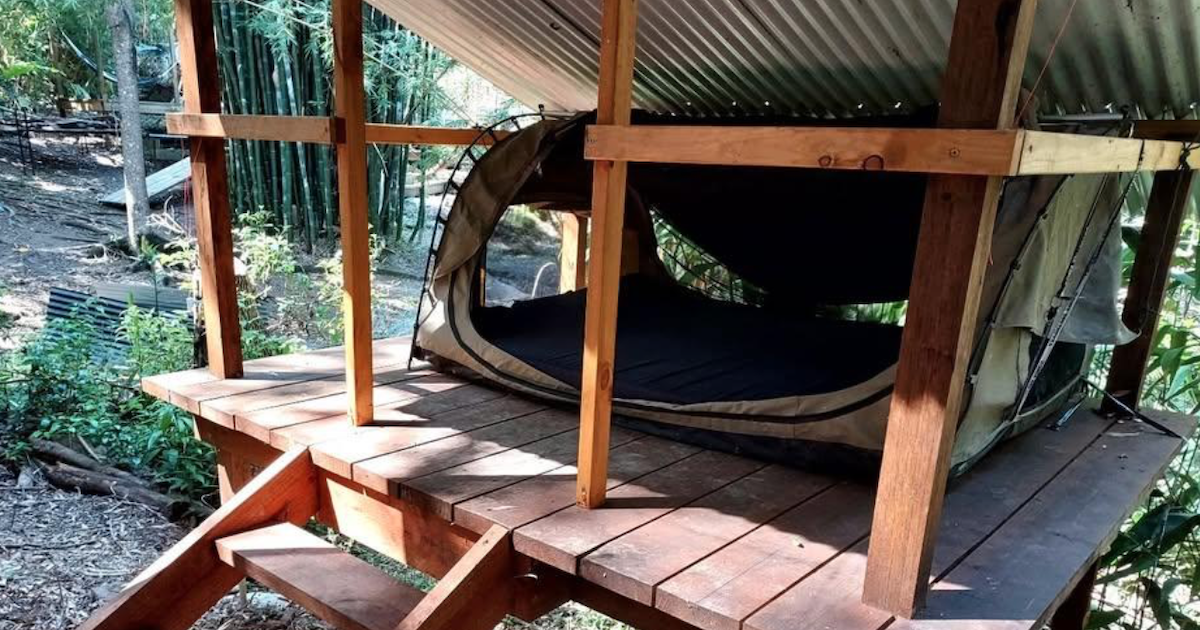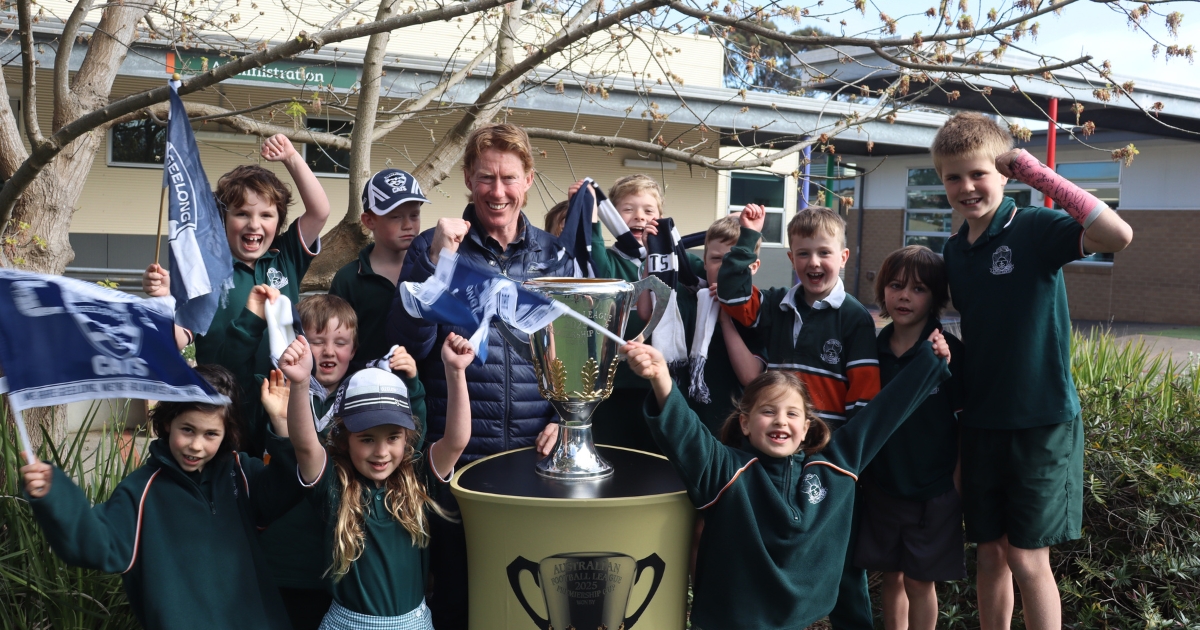Follow the trail
THE Bellarine Peninsula is home to some of our region’s most scenic landscapes.
And what better way to enjoy this stunning scenery than by taking a hike or getting on your bike – and getting fit in the process?
Perhaps the peninsula’s best-known walking and riding track is the Bellarine Rail Trail.
The 35km trail links South Geelong to Queenscliff following the former route of the historical Geelong-Queenscliff Railway Line.
The trail is asphalt between South Geelong and Drysdale and then primarily consists of compacted, crushed rock to Queenscliff.
It passes through Geelong’s eastern suburbs, Leopold and Drysdale, offering views of the Bellarine’s beautiful rural and coastal scenery before terminating at Queenscliff Railway Station.
But the Bellarine Rail Trail is just the beginning – a gateway to a peninsula that offers so much more to explore.
Shared trails crisscross the Bellarine and hug its stunning coastline, connecting town to town.
The Bellarine Coastal Trail follows the edge of Port Phillip Bay for 17km, connecting the towns of Portarlington, Indented Head and St Leonards.
The trail is wide and mostly flat, offering walkers and cyclists spectacular views of the distinctive local headlands and cliffs, and connects to the nearby Edwards Point Wildlife Reserve at St Leonards.
Edwards Point is home to coastal woodlands that provide a precious native habitat for a range of indigenous plants and animals.
The 1km Edwards Point walk meanders under the reserve’s forest canopy, around its salt marshes and dunes and across a large lagoon – a feeding area for the critically-endangered Orange-bellied parrot.
At the other end of the Bellarine Coastal Trail, casual hikers can discover Rambler’s Walk in Portarlington.
This quiet and flat gravel path takes walkers on a gentle journey through local coastal wetlands, offering great views across Corio Bay out to the You Yangs.
Just a short walk away is the Point Richards Flora and Fauna Reserve which, at 62 hectares, is one of the largest areas of native bushland on the Bellarine.
Originally allocated for the conservation of the southern brown bandicoot, the reserve is home to more than 55 bird species and six species of frog.
The Growling Grass Frog Loop – named for one of these species – takes walkers on 2.75km trip and is just one of several walking options within the reserve.
If you go at dawn or dusk, from winter to early summer, you might even catch a glimpse of these endangered frogs.
And rest of the Bellarine Peninsula is full of other fascinating waterways and nature reserves to explore.
Check out Yellow Gum Nature Reserve and beach and hinterland tracks in Ocean Grove, or Gateway Sanctuary in Leopold.
Or why not take a stroll up Griggs Creek on the Gurnang Walk in Curlewis?
This 3.4km walk – if you do the return trip – features more than 22,000 newly-planted indigenous plants and offers a chance to spot one of the 143 species of animals native to the area.
The Lake Lorne Loop in Drysdale and St Leonards Lake Reserve Trail also offer abundant birdlife and scenic rural views for walkers.
With so much to see and do on our beautiful Bellarine Peninsula, it is impossible for me to cover it all here in this column.
So, to find out more and begin your journey, head to geelongaustralia.com.au/activetravel or geelongaustralia.com.au/parks
Ali Wastie
Chief executive officer,
City of Greater Geelong


















